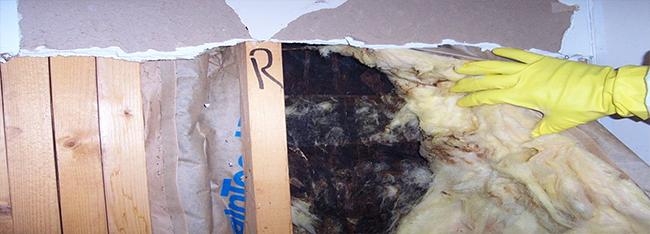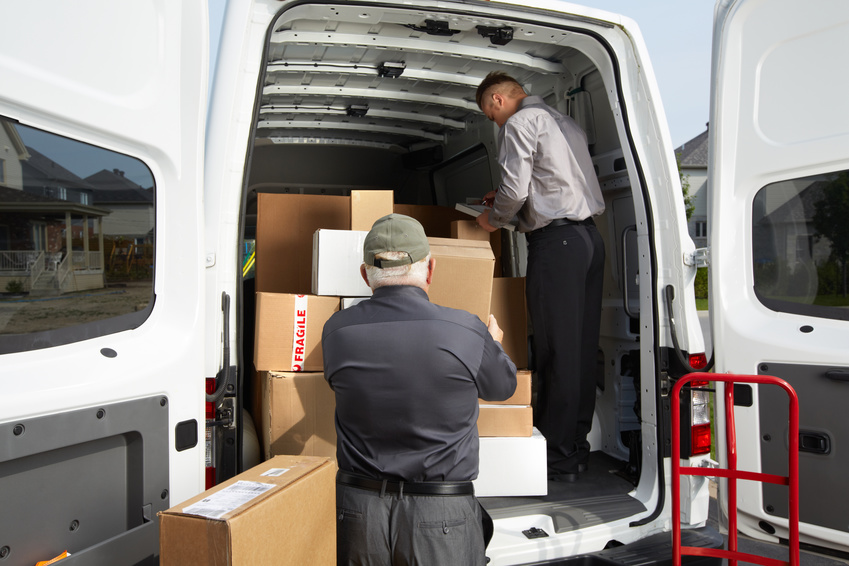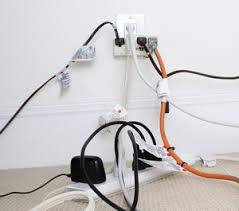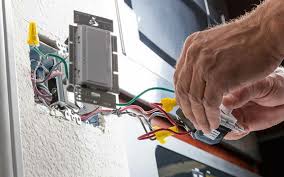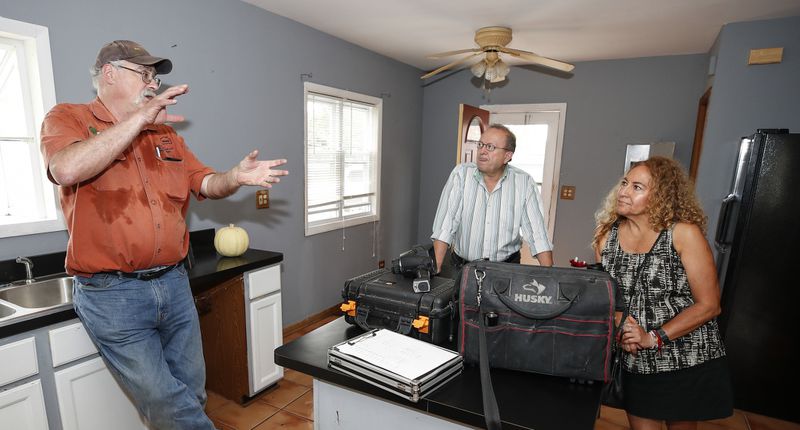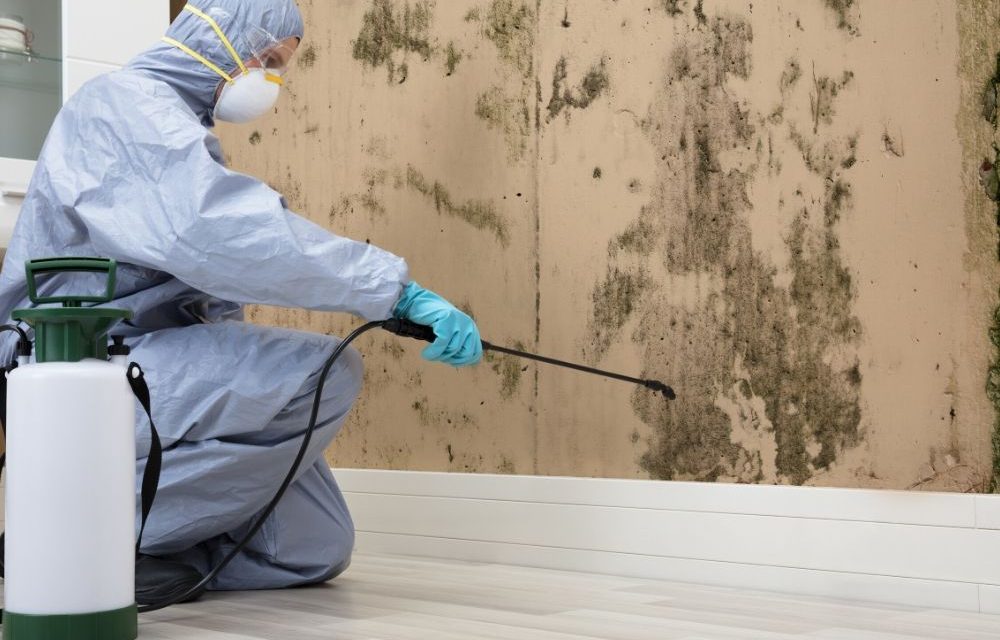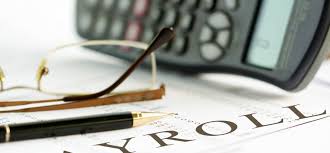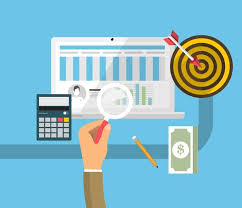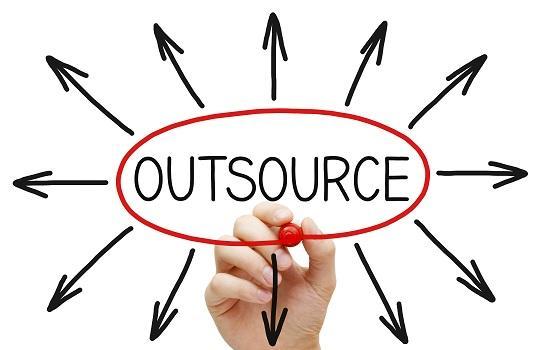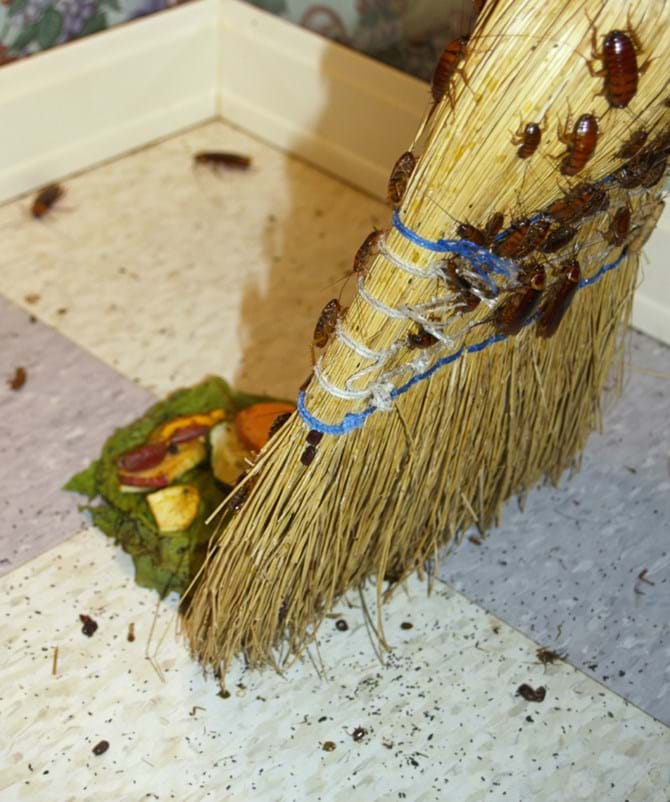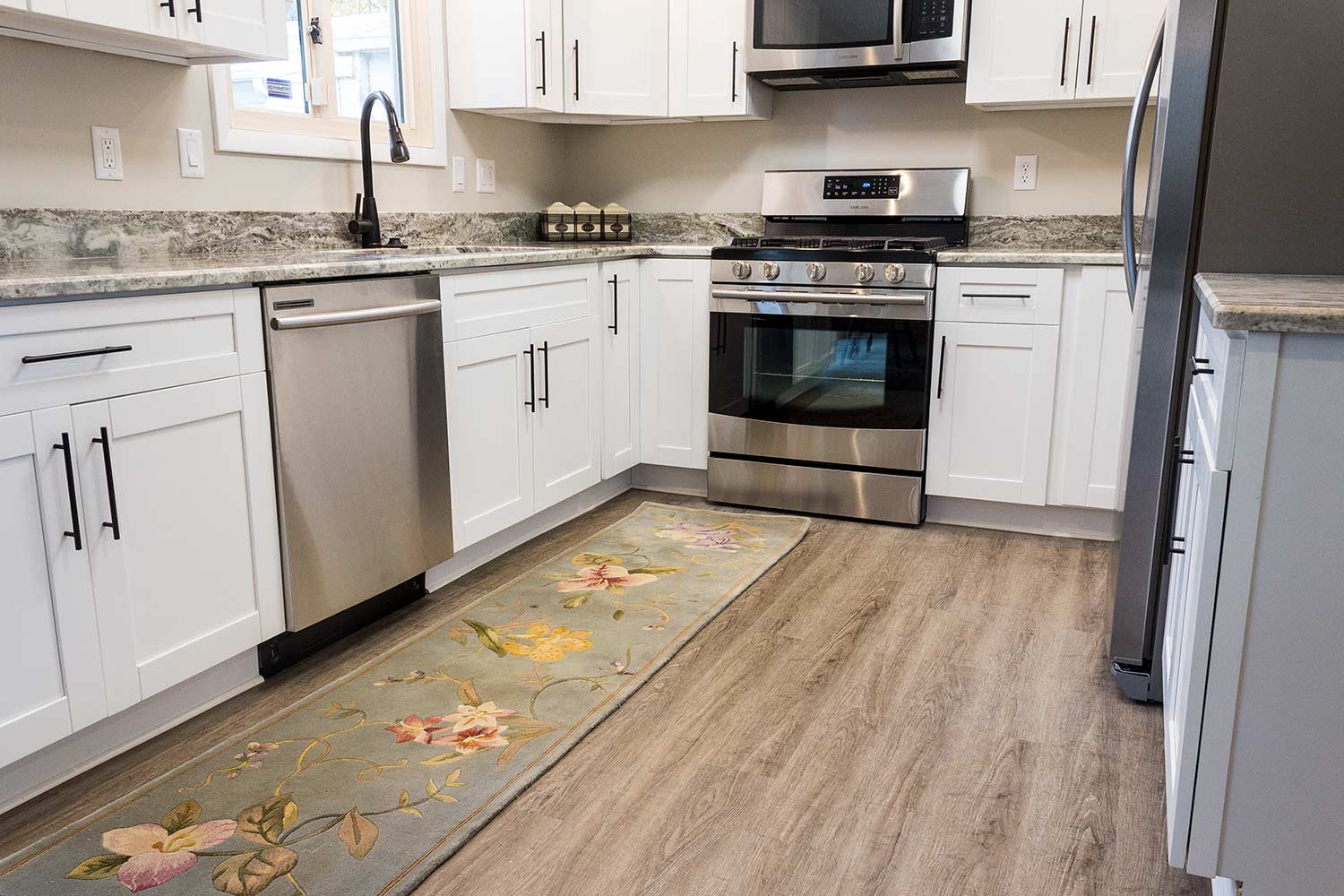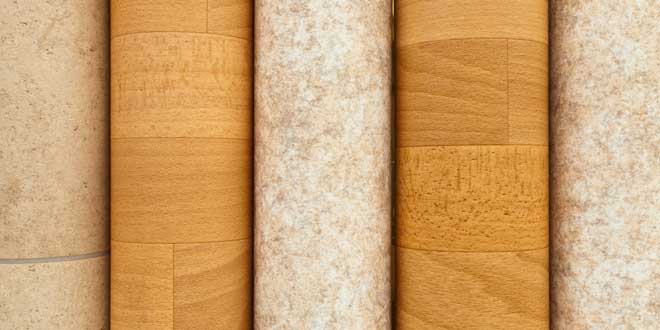Car Dealership Tricks You’ll Wish You Knew Sooner
Here are some expert tactics to give you a leg up on fast-talking wheeler-dealers, so you can leave the car dealership with the ride of your dreams and some money in your pocket.
Start with emails and phone calls
“Email several dealers to ask for their best price for new and used cars. If they say you need to come in, tell them you will—only if they give you a great price in writing. Even if you think you’ve found ‘the one,’ you can save money by comparing the price for similar vehicles offered by other dealers. If a dealership doesn’t respond, take your business elsewhere.”
Keep your trade-in to yourself
“Dealers like to move money around to confuse car buyers about how much they are really getting in the deal. If you mention you want to trade in a car up front, you are opening the door to a shell game. The salesperson will focus on what you want to get for your trade and may artificially inflate the ‘trade allowance’ to get you to say yes. This leaves no room to negotiate on the price of the new car. Furthermore, the salesperson may ask to appraise your trade, taking your keys and literally holding your car hostage until you agree to a deal.”
Don’t try to haggle
“Salespeople spend their days selling. Chances are you won’t be as good at getting them to give you a great deal as they are at getting you to buy. So focus on what you can do: Force dealers to compete against each other by sending you their best offers.”
Be wary of “fun” advertisements
“If you received a mailer with a ‘scratch off to win’ game on it—avoid it at all costs! These dealers prey on the desperate, offering lower payments but dragging the terms out. This ensures the value of the car will always be less than you know.”

Things to Look for in a Great Used Car Dealer
Finding the right used car for you can be tough enough – especially when it involves an intensive search for exactly the right make, model, year, color, price, and more. With millions of used cars for sale in literally thousands of used car lots around the country waiting for your judgment, it can be tough to narrow down even the best dozen options, let alone the exact right car at the right value. That’s why it’s actually smarter to take a step back and ask yourself something first
“Am I starting with the right used car dealer?” This is a smart way to start any used car search, since picking that perfect pre-owned vehicle really begins with picking the right used car dealer. This means finding an expert in used cars who you can trust to guide you to the right investment, without having to worry if you’re overpaying or making the wrong choice for your needs.
Large Selection
The first sign of a reputable used car dealer is the actual presence of a wide variety of used cars out on the lot, to begin with. If you roll up to a used car dealer and the lot looks a little sparse, with few options for your consideration, that’s usually a clear red flag that something’s amiss with this used car dealer. Either they have an amazing turnover in their inventory or something’s not quite right – either way, a lack of options is never a good start in your quest to find that perfect used vehicle.
Fair Prices
Shopping around for the best price possible on your next used car is typically a smart option, but there’s definitely a limit on how good a deal should be. If a used car is significantly overpriced compared to other similarly-aged models, it’s likely a sign that your dealer is trying to rip you off. Likewise, underpriced vehicles can be a sign that the dealer is trying to cover something up, or hide an unseen issue with the vehicle.
Knowledgeable Staff
When you’re on the lot looking for your next used car, you’re naturally going to look to the sales representative to fill in some of the blanks around what their inventory offers. This is a great opportunity to test your sales representative on their knowledge of their inventory and on the market in general – that way, you can get a fairly easy feel for just how professional this dealer is, and whether it’s the right choice for you.

Best used car buying tips
Budget
Set yourself a strict budget based on what you can afford. Remember that purchase price is just the start though, as there are ongoing running costs like fuel, maintenance, insurance, plus the interest on any finance used for the purchase to consider.
Research
Once you’ve set your budget, CarsGuide.com.au can help you get an idea of what vehicles are available within your price bracket. There are thousands of vehicles for sale to choose from, and there’s a handy value guide to help you know what to pay.
Refine your search
enables you to search for models based on make, model, price, body type, age, and location among many other helpful details. Seek advice from our thousands of expert reviews, including used reviews to find out what to look for when cars get a few years and kilometres under their belt, or our many guides to help you with your search
Contact the seller
But first, jot down a list of questions to ask about each car so you don’t forget anything.
How long have they owned the car?
What is their reason for selling it?
Has the vehicle ever been damaged?
What condition is the car in, and is there any issues not shown in the photos?
Will it pass a roadworthy inspection?
How detailed is the car’s service history and is it with the car?
Plus anything else that is not explained in the ad.
Arranging an inspection
If the person selling the car is a private party and not a dealer, insist on inspecting the car at their home address. If the vendor isn’t willing to show you the car at their home address, they could be trying to hide something.
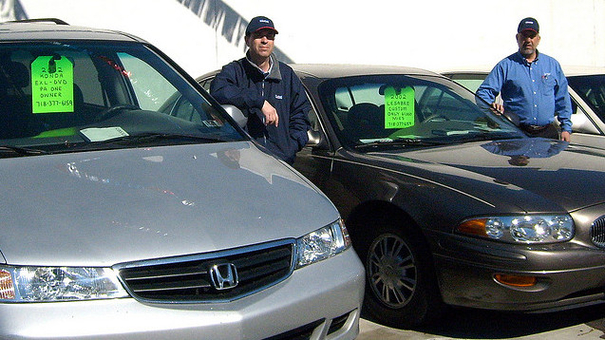
Things Car Salesmen Don’t Want You to Know
Your Smartphone Is Your Most Powerful Weapon
Years ago, car dealerships and their sales force held all the cards, and buyers held very few. But that has changed completely. Now, with information and sites True Market Value (TMV), Autotrader, eBay Motors, and access to car experts in the palm of your hand, you have effectively marginalized the car salesman. You know what they paid for the car, what their mark up is, when they bought it, what their bottom line is, everything. You can, in essence, make haggling a thing of the past. However, if you leave your phone at home, then you better have a terrific memory and be able stick by your guns. Proof is power.
You Can Win the Game Before Setting Foot on a Lot
The Internet has done wonders for the humble consumer. With it, you can email 20 dealers within a 50 mile radius, tell them what you’re looking for, and ask them to send you back a quote. From those quotes, pick the lowest couple and take those to any dealership you want. They’ll usually be forced to match it, destroying whatever profit margin they were hoping for. And before you feel too bad, the dealerships get massive bonuses by hitting certain sales targets. They can give you the car at cost and still walk away with a nice pile of cash.
Be Wary of Salesmen Who Leave to Let You “Talk it Over”
I actually had this happen to a friend of mine, and I laughed when I saw it come up in the comments.
You Are Being Screwed on Your Trade In
If the car you’re trading in is in good condition, you won’t be getting a good deal on it.
There Are Mark-Ups Aplenty on the Sales Stickers
Dealerships refer to them as “bumper stickers” because that’s where they bump up the price of the car. Little extras like VIN etching, fabric protectants, sealants, and other “must have” additions can all be done by you at home, usually for way less. Ask to see the original invoice, and compare it to the bumper sticker. That’s what you really want to look at. If they refuse, go elsewhere. And even then, the invoice doesn’t tell the whole story

Tips for buying a used car
Inspection tips
Take your time and carefully examine everything you want to look at – not just what the seller shows you.
Check out the car’s safety rating on the Rightcar website before you buy. Your car plays a major role in keeping you safe on the road so check the car’s safety rating and buy the safest in your price range.
Check out the car’s safety rating(external link)
Inspect the car on a dry sunny day if possible – it’s easier to see the visual clues to the car’s real condition.
Safety checklist
The older and cheaper the car, the more likely there will be something wrong, particularly once it’s done more than 100,000km. Be especially wary of engine wear and rust.
Know what you can fix and the cost of having the work done.
Check the paperwork
Check that the car has a current warrant of fitness – vehicles for sale must have a warrant of fitness less than one month old.
Get a professional inspection
Always insist on having a full professional inspection before buying any used car. Most garages will perform these inspections. There are also specialist pre-purchase inspection services. After the inspection both you and the seller will receive a report detailing any repairs needed.
Rust
Most older vehicles have some rust. Whether it’s a problem depends on how much and where it is. Look for signs of rust on the main structural supports (structural corrosion). This is dangerous. A vehicle with rust in the areas shown in the diagram will likely fail a warrant of fitness inspection and repairs will be costly
Rust on the car body can also be a problem. Look for bubbling paintwork. It’s possible that the use of a filler may be masking the problem. In some cases you can tell if this is the case by running a magnet over the car – it won’t stick to the filler. However, the magnet test won’t work if the filler contains iron dust.

